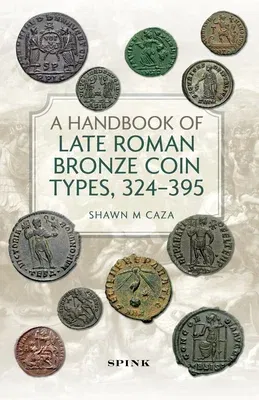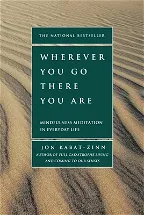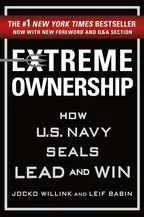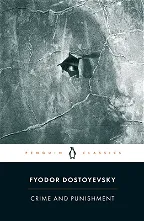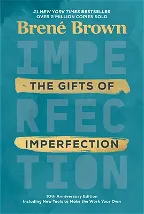Extensively illustrated, each entry includes details on dates, mints,
personalities, weight standard, important variations, and the history
and meaning of the legend and design. Detailed information about the
late Roman bronze coinage system. Extensive introductory notes in
Chapter One discuss the life-cycle of late Roman bronze coins
(manufacture, circulation, loss and the effects of burial) as well as
their weight, fineness standards and contemporary value. The
introductory sections of the subsequent chapters, each of which is
dedicated to a short time period, cover the history of that period and
the metrology (weight, size and metallic composition), overall pattern,
and mint and field marks of the coinage of those years. First detailed
examination of the coinage of this period by reverse design. By
examining late Roman bronze coinage through the study of reverse types,
this book provides different insights from those gained through an
examination of the coinage by Mint (as found in The Roman Imperial
Coinage series) or by emperor (as found in the Roman Coins and their
Values series). Many other major numismatic works covering this time
period are out of date.
This Handbook incorporates the latest numismatic scholarship and
includes extensive footnotes and bibliography. The easy to use (indexed
and cross-referenced) catalogue entries will be of interest to
collectors, cataloguers and researchers. The historical and metrological
discussions will appeal to scholars, numismatists and students. A focus
on reverse types provides scholars working with hoards or site finds
with much greater insight into dates and other aspects of the coinage
than simply identifying the emperor.
